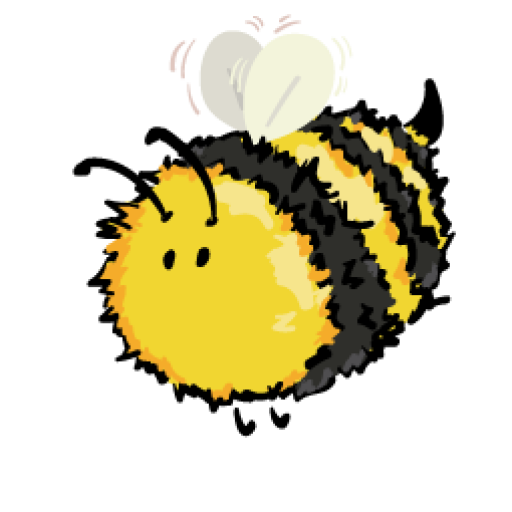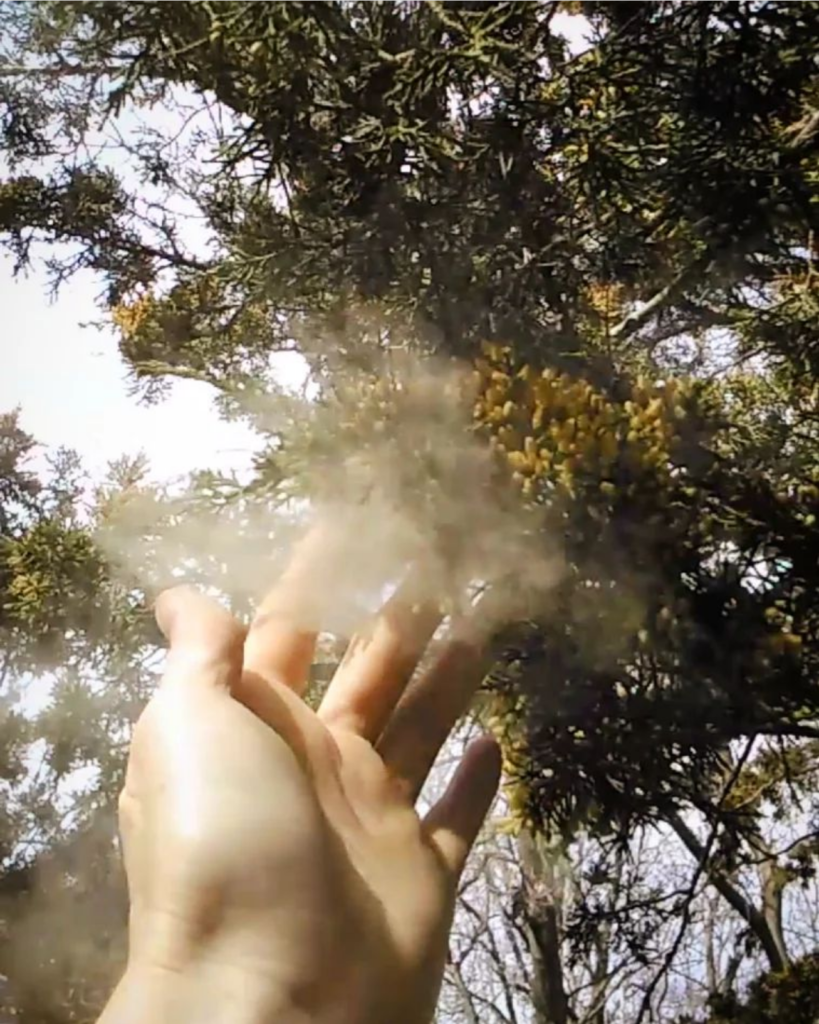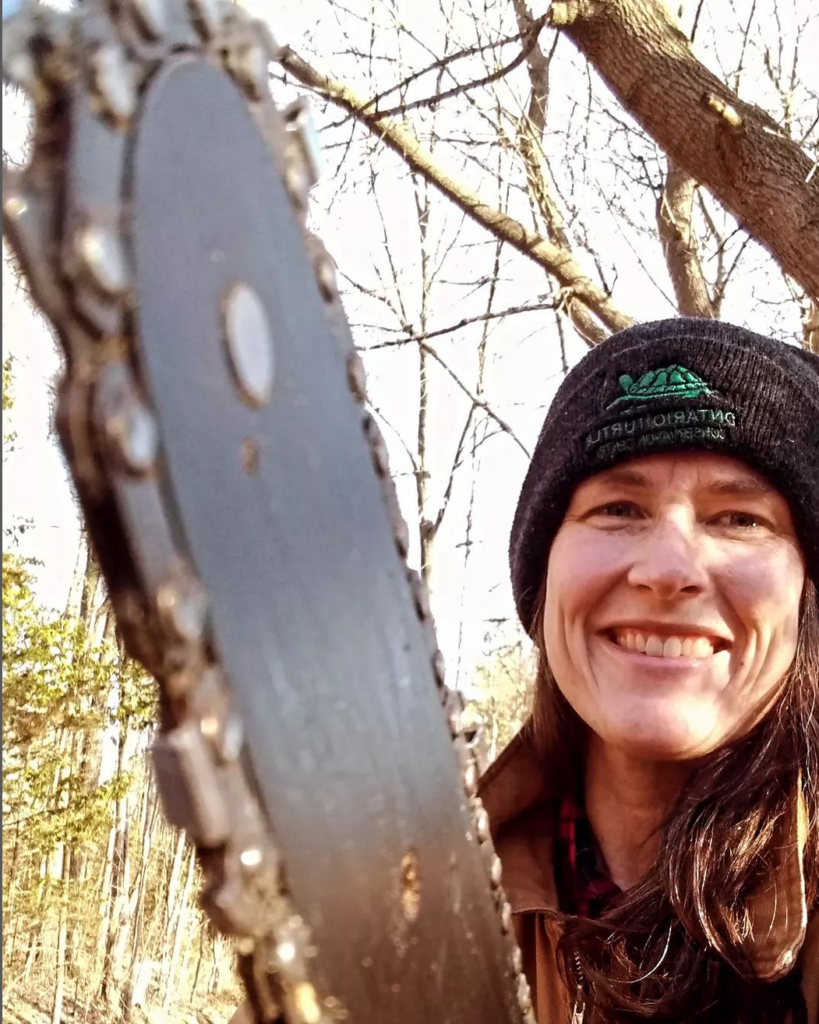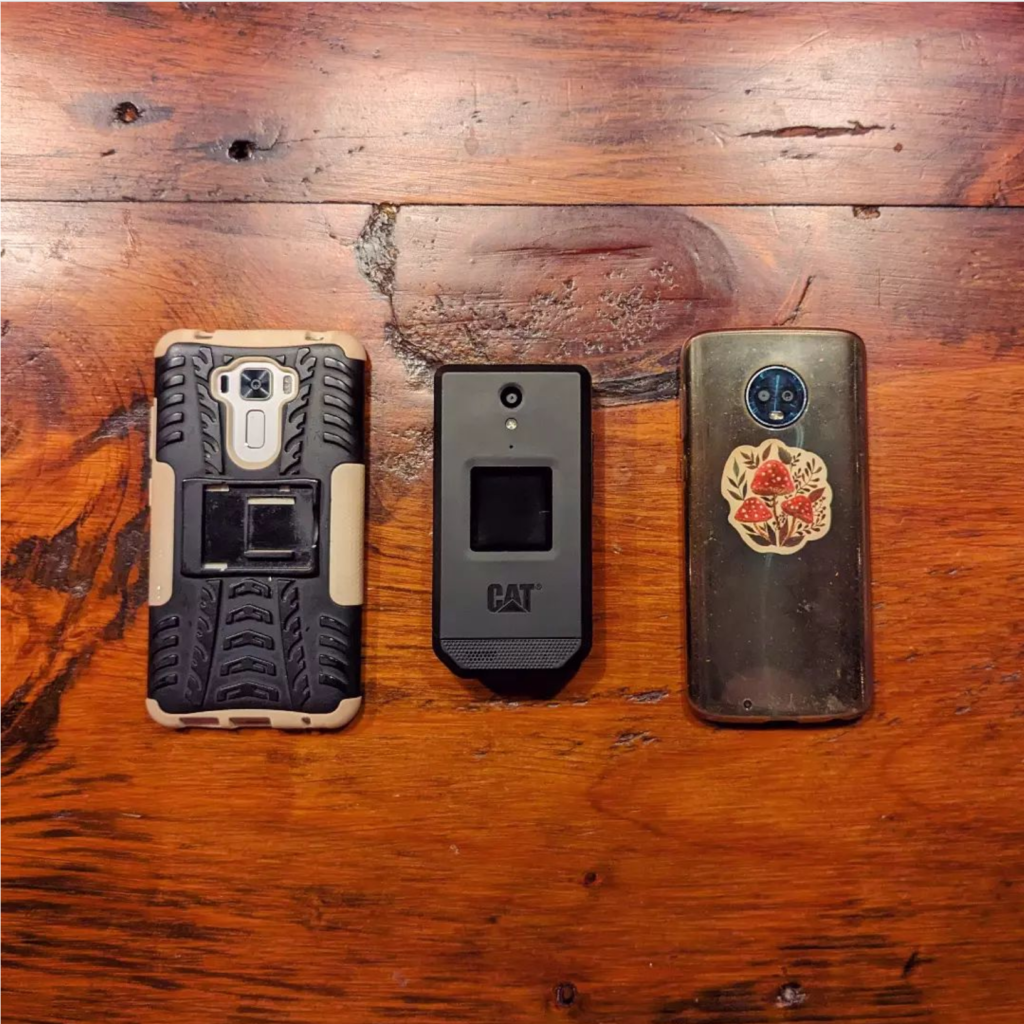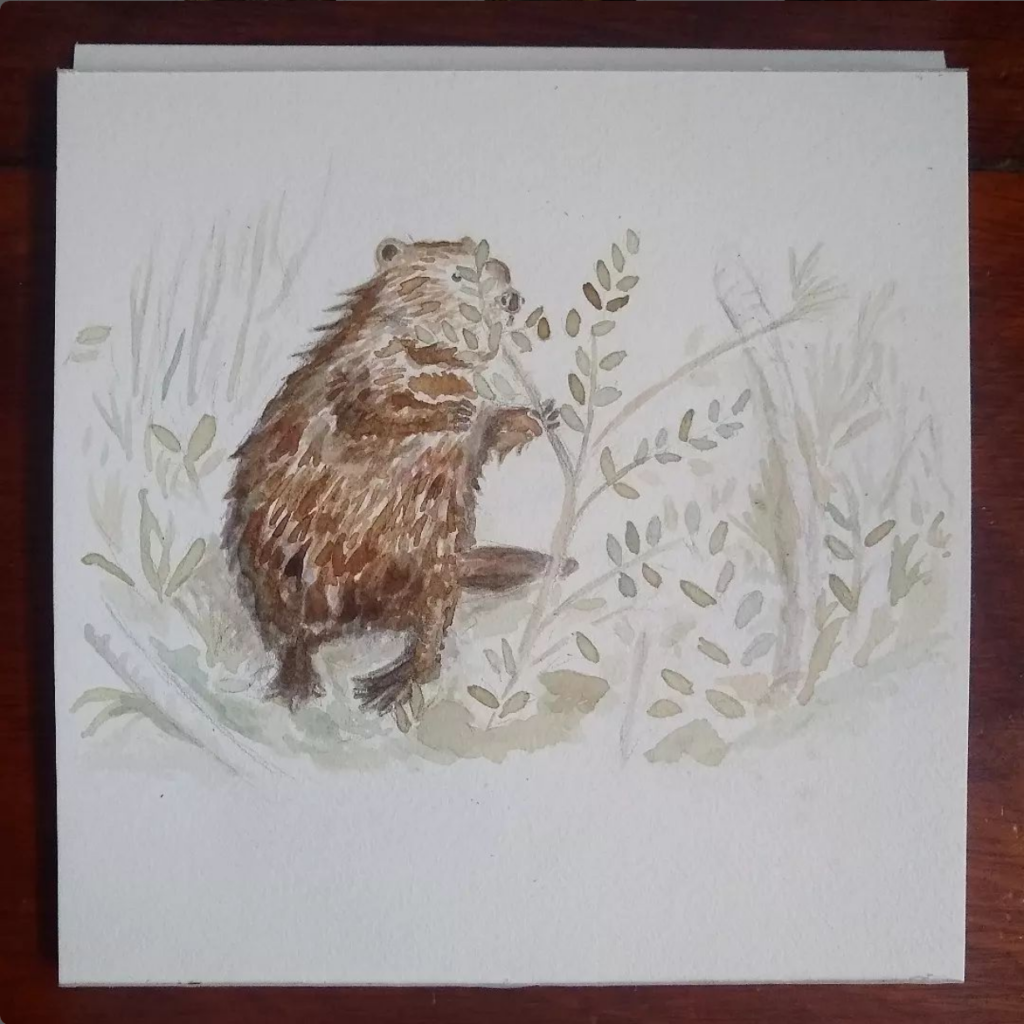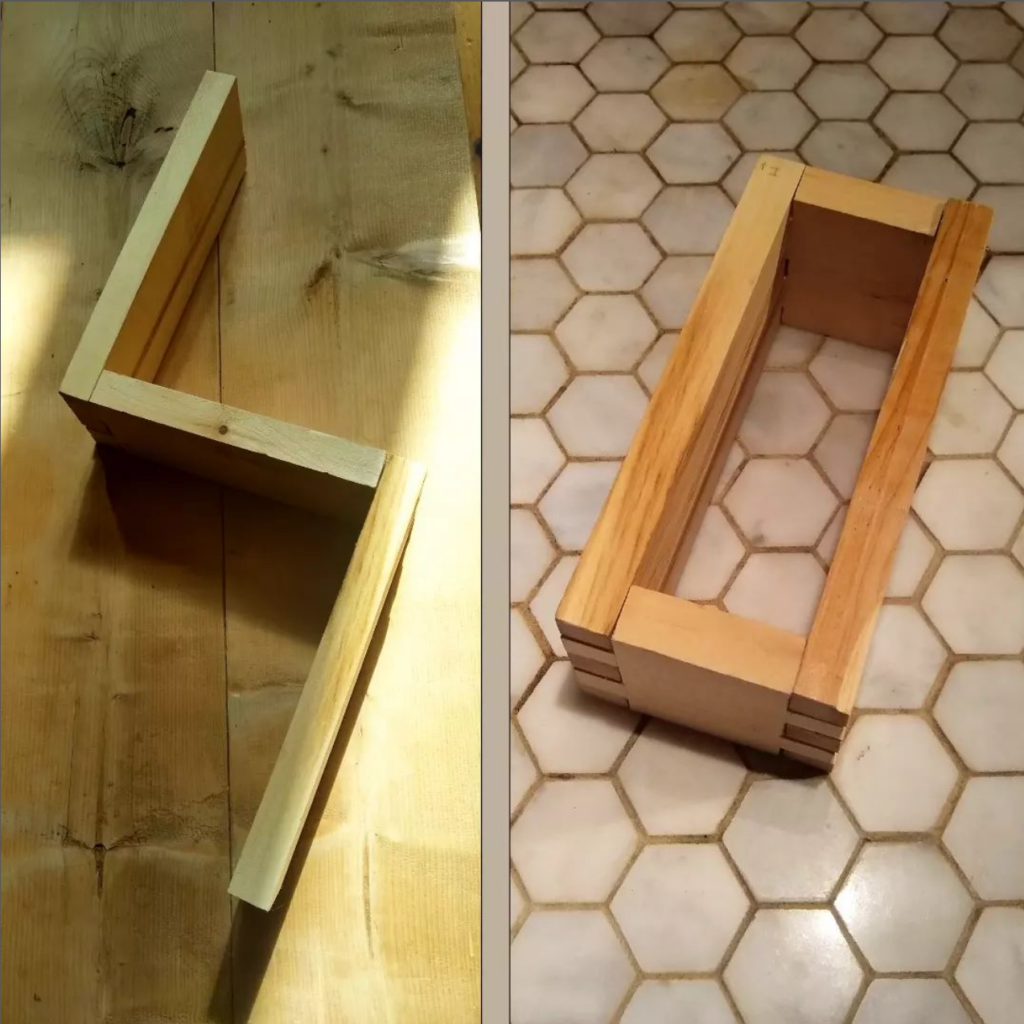
Turning that fail upside down. ⚡🔨
Late Sunday afternoon I found a “don’t be afraid of dovetails” woodworking video that inspired me to pop downstairs to the shop and face my fears. I take care with my cuts, and am always trying to be a better woodworker. But somewhere along the line I decided I would always be a rustic carpenter. Why? I have absolutely no idea. I like to pay attention to the grain, love a freshly sharpened chisel, don’t mind taking my time, and enjoy a good dose of precision. So why had I built this fence around myself? Dunno. 🤷♀️ I contain multitudes.
Things in the shop (aka the workbench beside the hot water tank) were going shockingly well. My pins and tails would not be winning any awards besides a pretty Participation ribbon, and if my joints told a story, it would be full of holes. But, like magic, it also held together!! I was so excited I made another set on the other side. Dovetail box, here I come! 🧙♂️✨
On the left, you will see what I saw when I put it together. Instead of three sides of a box, I had lovingly crafted… a lightening bolt.☁️⚡☁️
But this is the moment that matters, much more than the one when I decided to go downstairs and give it a try. The moment when I didn’t throw it into the fire (tempting), but instead tried to focus not on what I didn’t have, but what I did. Cut that lightening bolt in half, flip the right side over, and instead of being a complete failure, I could be halfway to success!
The dovetailed rectangle on the right is the same project, one session later. Determination fleeeeeeeeeeeeex 💪
I try a lot of things, and fail plenty, but there’s one skill I have in spades, and that is persistence. I am a determined little squirrel. Sometimes I have to put a project down for awhile, and stamp my feet in petty frustration, or cry an ugly cry, or take a lap. (Red squirrels aren’t really chattering at you in the woods, they’re just muttering to themselves about a carpentry project gone wrong.) Of all the skills, the ability to try again — that’s the one to hone. Fail often, just don’t give up easy. 🐿️❤️
Have a good rest of your week folks! ✨
~Kate
